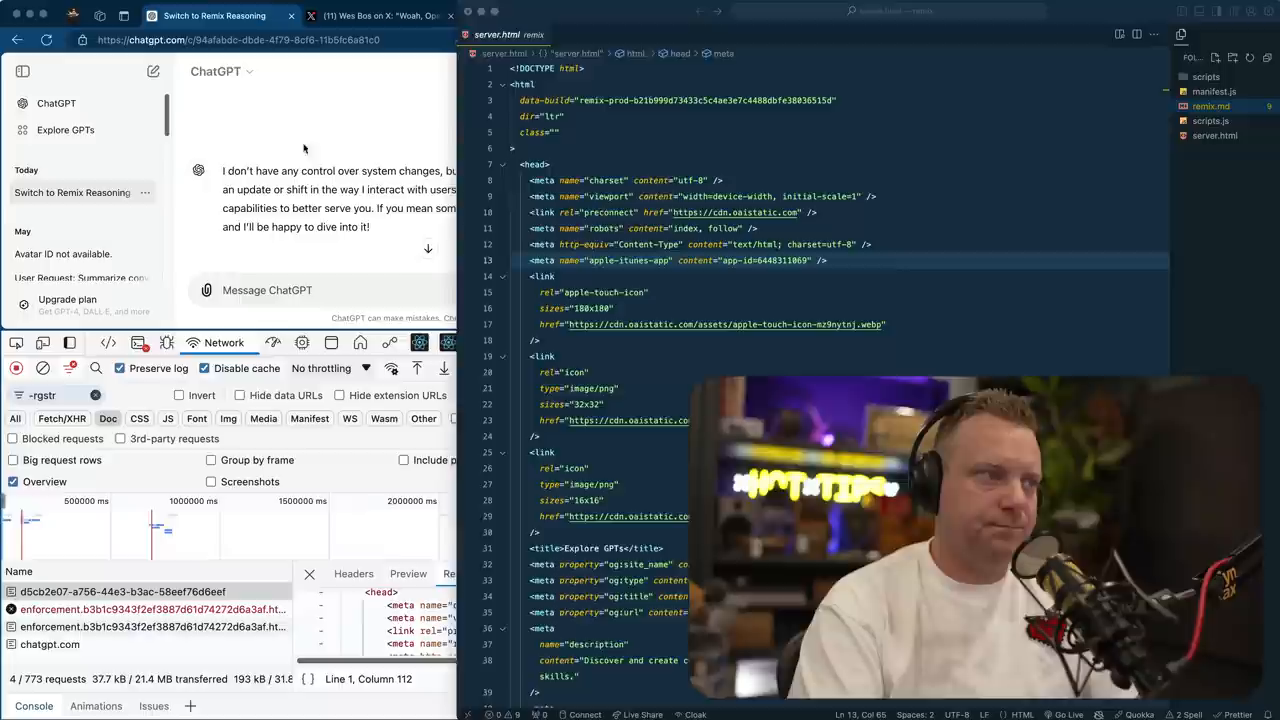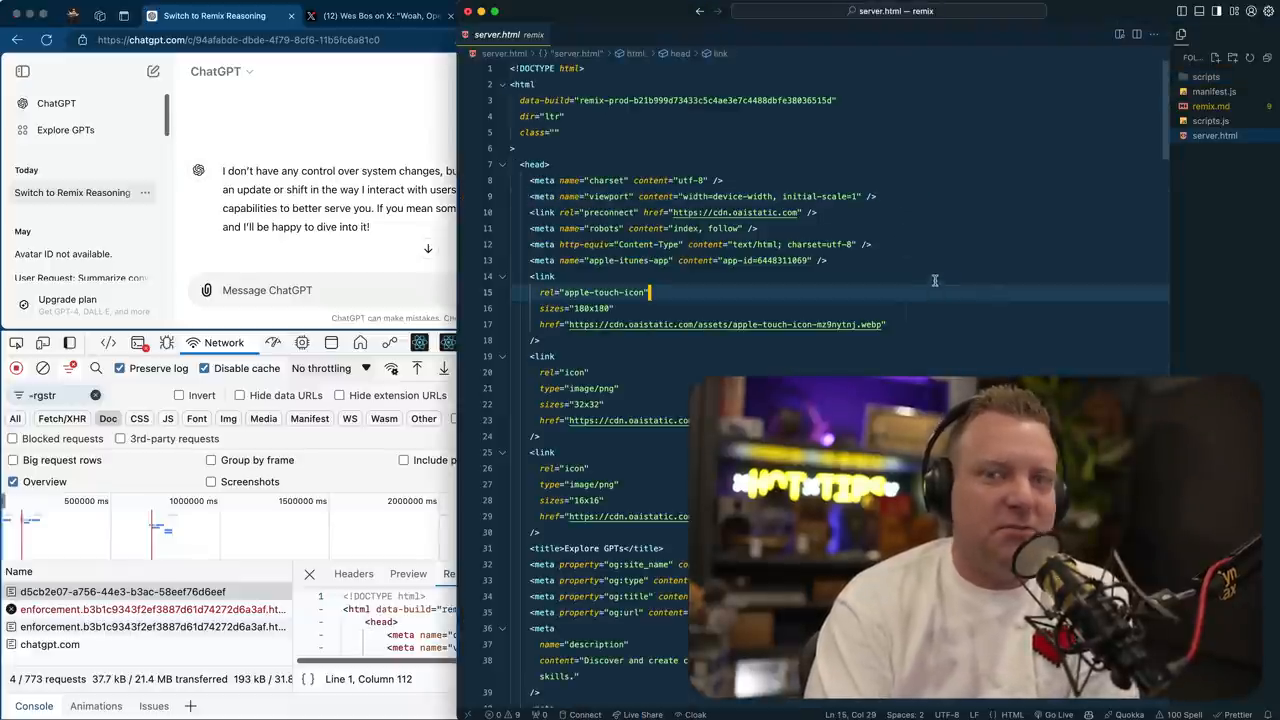ChatGPT's Switch to Remix: Why and How
The sudden announcement of ChatGPT's migration from Next.js to Remix has left many in the developer community scratching their heads. In this article, we'll delve into the possible reasons behind this decision and explore the technical aspects of the switch.
Why Remix?
According to our analysis, ChatGPT's move to Remix is likely due to several factors. Firstly, Remix's router is highly regarded, and its ability to handle client-side rendering (CSR) and server-side rendering (SSR) makes it an attractive choice for applications like ChatGPT. Secondly, Remix's loader API allows for efficient data collection and initial rendering, which is critical for an application that relies heavily on data fetching and rendering.
Additionally, Remix's ability to run on Vit, a lightweight and fast development server, could be a major draw for ChatGPT. Vit's speed and flexibility make it an ideal choice for large-scale applications like ChatGPT.
Technical Aspects of the Switch
Our investigation revealed that ChatGPT's application is largely client-side rendered, with minimal server-side rendering. This is evident from the presence of preloaded links and JavaScript files in the initial HTML response. The application's manifest file also reveals a significant number of routes, each with its own loader, which is responsible for collecting data for the initial render.
We also discovered that ChatGPT is using Azure for its CDN, which is likely responsible for sending and receiving data. The absence of any Next.js-specific features, such as actions, suggests that ChatGPT may not have been utilizing Next.js to its full potential.
Comparison with Next.js
While Next.js is a powerful framework, it appears that ChatGPT's requirements may not have been well-suited to its strengths. Next.js is geared towards SSR-heavy applications, whereas ChatGPT's client-side rendering needs may have been better served by Remix.
Furthermore, the complexity of Next.js's dev server, including its reliance on Webpack, may have presented challenges for ChatGPT's development team. In contrast, Vit, Remix's development server, is designed to be fast and lightweight, making it a more appealing choice for large-scale applications.
Conclusion
The switch to Remix is a significant decision for ChatGPT, and its implications will be closely watched by the developer community. While the exact reasons behind the switch remain unclear, it is evident that Remix's strengths in client-side rendering, data loading, and development server speed make it a compelling choice for applications like ChatGPT.





